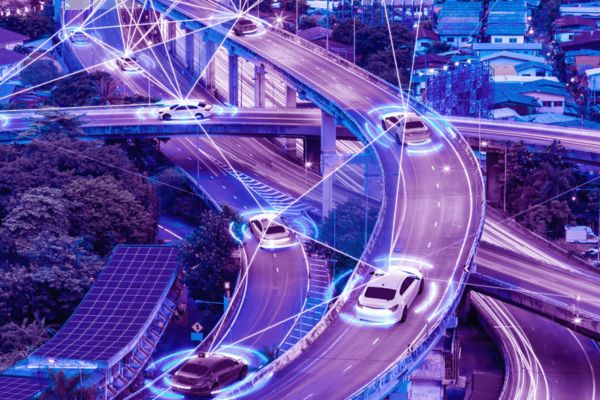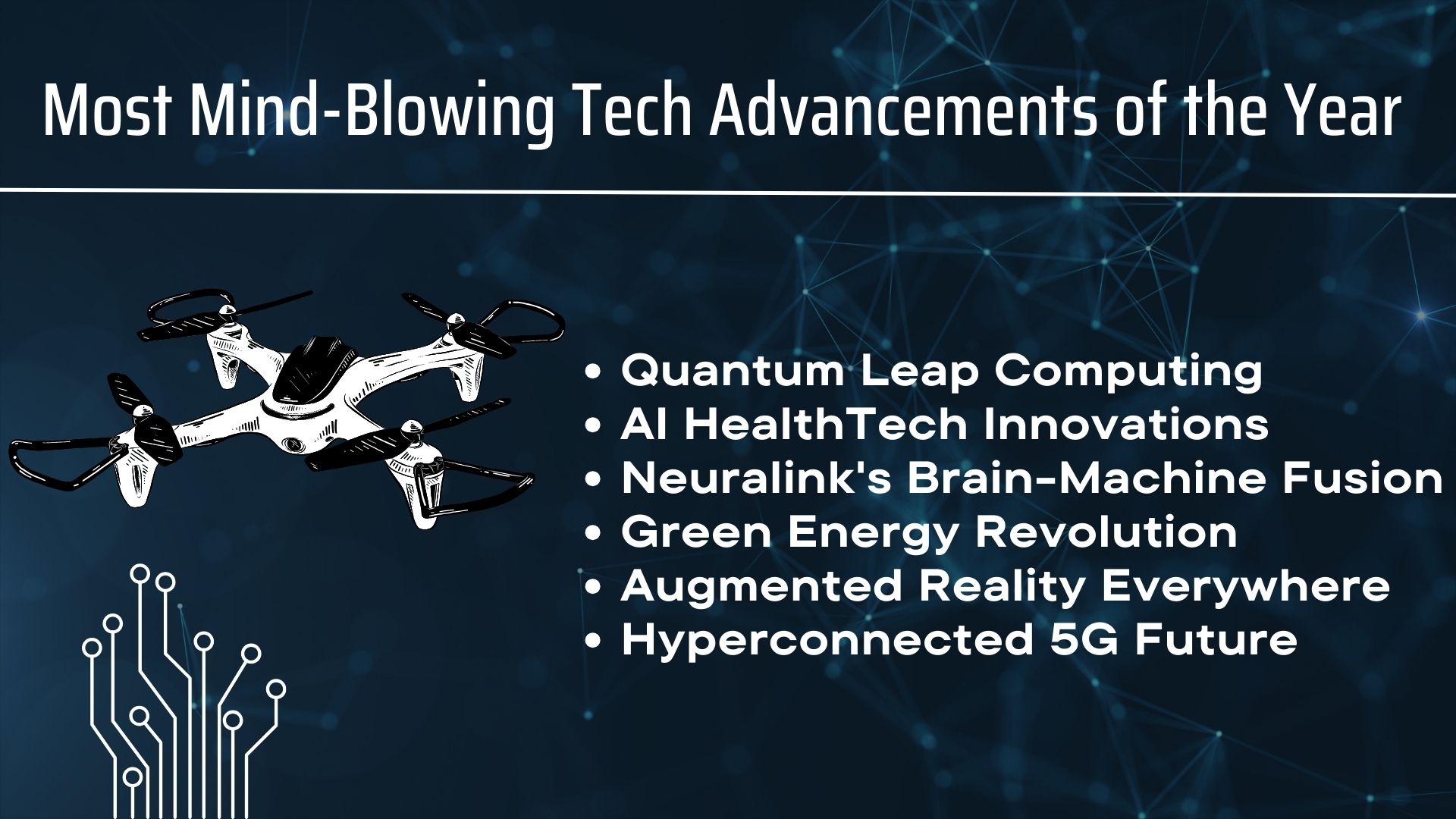Transportation Tech: How EVs and Autonomous Vehicles Will Transform Travel

In our fast-paced world, where time is of the essence, transportation technology has emerged as a game-changer, reshaping the way we move from one place to another. This article explores the exciting world of transportation tech, delving into its features, advantages, and drawbacks.
Transportation Tech features, advantages, and drawbacks
Autonomous Vehicles: Driving into the Future
One of the most talked-about innovations in transportation technology is the development of autonomous vehicles. These smart cars use advanced sensors and artificial intelligence to navigate roads without human intervention. The key features include:
- Safety First: Autonomous vehicles are designed to prioritize safety, potentially reducing the number of accidents caused by human error.
- Efficiency: These vehicles can optimize routes, leading to reduced traffic congestion and fuel consumption.
Pros:
- Improved road safety
- Enhanced traffic management
- Increased fuel efficiency
Cons:
- High initial costs
- Limited infrastructure for widespread use
- Ethical concerns regarding decision-making algorithms
Electric Vehicles: Greening the Roads
As concerns about environmental sustainability grow, electric vehicles (EVs) have gained popularity. These vehicles use electricity stored in batteries as their primary source of power. Key features include:
- Zero Emissions: Electric vehicles produce no tailpipe emissions, contributing to a cleaner environment.
- Cost Savings: Although the initial cost may be higher, the long-term savings on fuel make electric vehicles economically viable.
Pros:
- Environmentally friendly
- Lower operating costs
- Government incentives for adoption
Cons:
- Limited driving range
- Lack of charging infrastructure
- Dependency on electricity grid sustainability
Hyperloop: The Future of High-Speed Transportation
Imagine traveling at incredible speeds through low-pressure tubes – that’s the promise of the Hyperloop. This transportation concept aims to revolutionize long-distance travel. Key features include:
- High Speeds: Hyperloop pods can potentially reach speeds of over 700 miles per hour, drastically reducing travel time.
- Energy Efficiency: The system is designed to be energy-efficient, with the potential for solar power integration.
Pros:
- Ultra-fast travel
- Energy-efficient design
- Low environmental impact
Cons:
- High construction costs
- Technological challenges
- Limited infrastructure development
Drone Delivery: Taking to the Skies
The skies are no longer just for birds; drones are changing the way goods are transported. Drone delivery systems use unmanned aerial vehicles to transport packages efficiently. Key features include:
- Quick Deliveries: Drones can navigate through traffic and deliver packages to remote areas faster than traditional methods.
- Reduced Carbon Footprint: With shorter delivery routes, drone deliveries have the potential to reduce carbon emissions.
Pros:
- Swift deliveries
- Access to remote areas
- Reduced delivery costs
Cons:
- Airspace congestion and regulation challenges
- Limited payload capacity
- Privacy and security concerns
FAQ
What is transportation technology?
Transportation technology refers to the application of scientific and technological advancements in the field of transportation, aiming to improve the efficiency, safety, and sustainability of how people and goods move from one place to another.
What are autonomous vehicles?
Autonomous vehicles are self-driving cars equipped with sensors and artificial intelligence, capable of navigating roads without human intervention. These vehicles prioritize safety, efficiency, and potentially reduce accidents caused by human error.
How do electric vehicles work?
Electric vehicles (EVs) use electricity stored in batteries as their primary source of power. They produce zero tailpipe emissions, contributing to a cleaner environment. EVs can be charged at home or using public charging stations.
What is the Hyperloop?
The Hyperloop is a high-speed transportation concept that involves pods traveling through low-pressure tubes at extremely high speeds. This technology aims to revolutionize long-distance travel, offering faster and more energy-efficient alternatives.
How do drones contribute to transportation?
Drones are unmanned aerial vehicles used for various purposes, including transportation. In the context of delivery, drones can efficiently transport packages to remote areas, offering swift deliveries and potentially reducing carbon emissions.
Are autonomous vehicles safe?
Autonomous vehicles are designed with safety as a top priority. They utilize advanced sensors and algorithms to navigate roads and respond to their surroundings. However, challenges such as ethical concerns and the need for comprehensive infrastructure may impact their widespread adoption.
What are the environmental benefits of electric vehicles?
Electric vehicles contribute to environmental sustainability by producing zero tailpipe emissions. They help reduce air pollution and dependence on fossil fuels, leading to a cleaner and greener transportation system.
Can anyone use the Hyperloop?
While the Hyperloop concept is still in development, its aim is to provide high-speed transportation for the general public. However, factors such as construction costs and technological challenges may influence its accessibility in the initial stages.
How do drones address delivery challenges?
Drones can navigate through traffic and reach remote areas more quickly than traditional delivery methods. They offer a potential solution to last-mile delivery challenges, particularly in areas with limited infrastructure.
What challenges does transportation technology face?
Transportation technology faces challenges such as high initial costs, limited infrastructure, and regulatory hurdles. Additionally, ethical considerations, privacy concerns, and the need for public acceptance are crucial factors that need to be addressed for successful integration into society.
Related article: Beyond Imagination: The Most Mind-Blowing Tech Advancements of the Year
Conclusion
Transportation technology is evolving at a rapid pace, offering innovative solutions to age-old problems. From autonomous vehicles to drone deliveries, these advancements have the potential to transform the way we travel and shape a more sustainable future. While the benefits are clear, addressing the associated challenges is crucial to ensure a seamless transition into this new era of transportation tech. As we embark on this journey, let’s embrace the positive changes while carefully navigating the road ahead.



